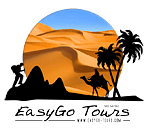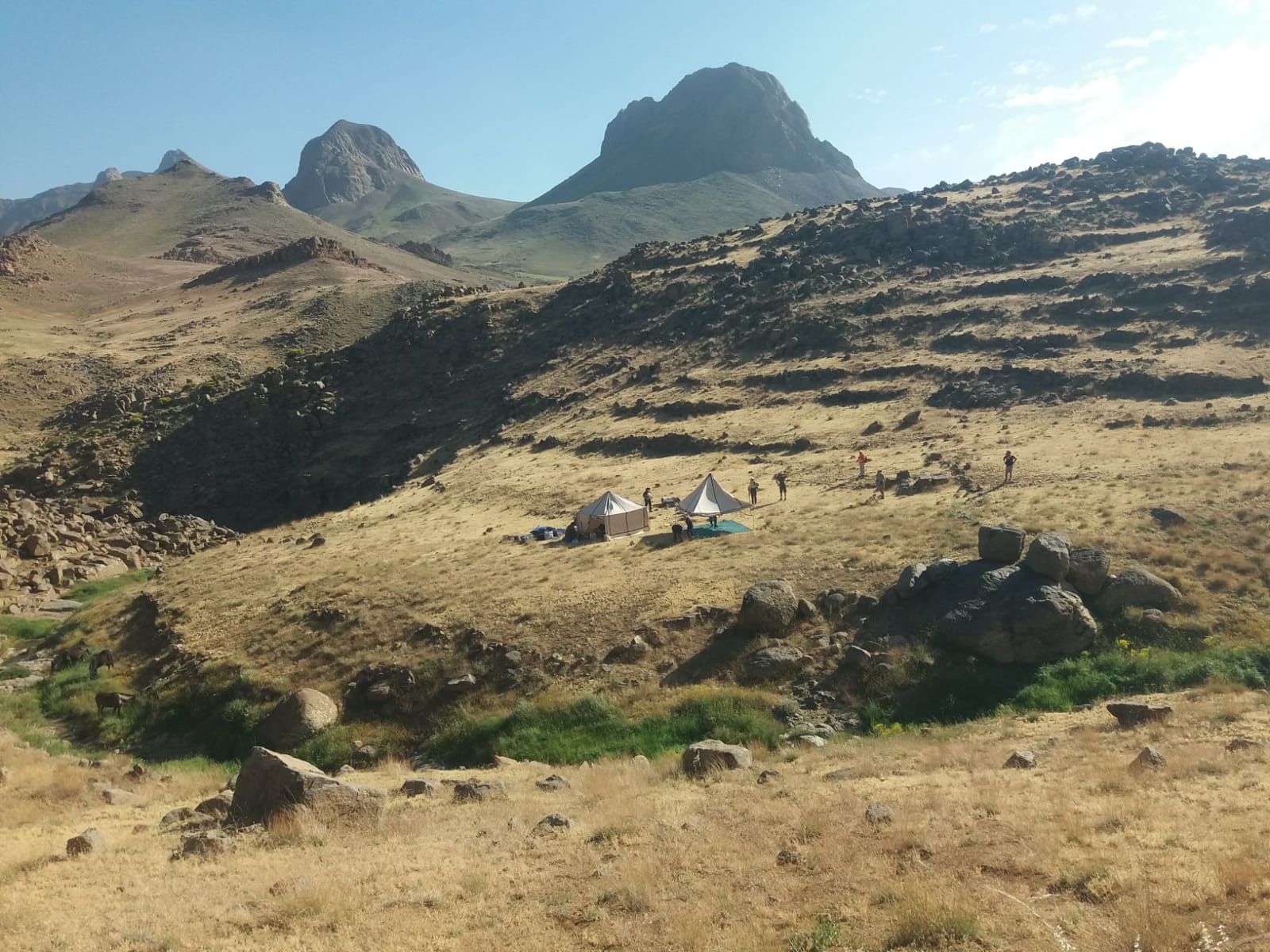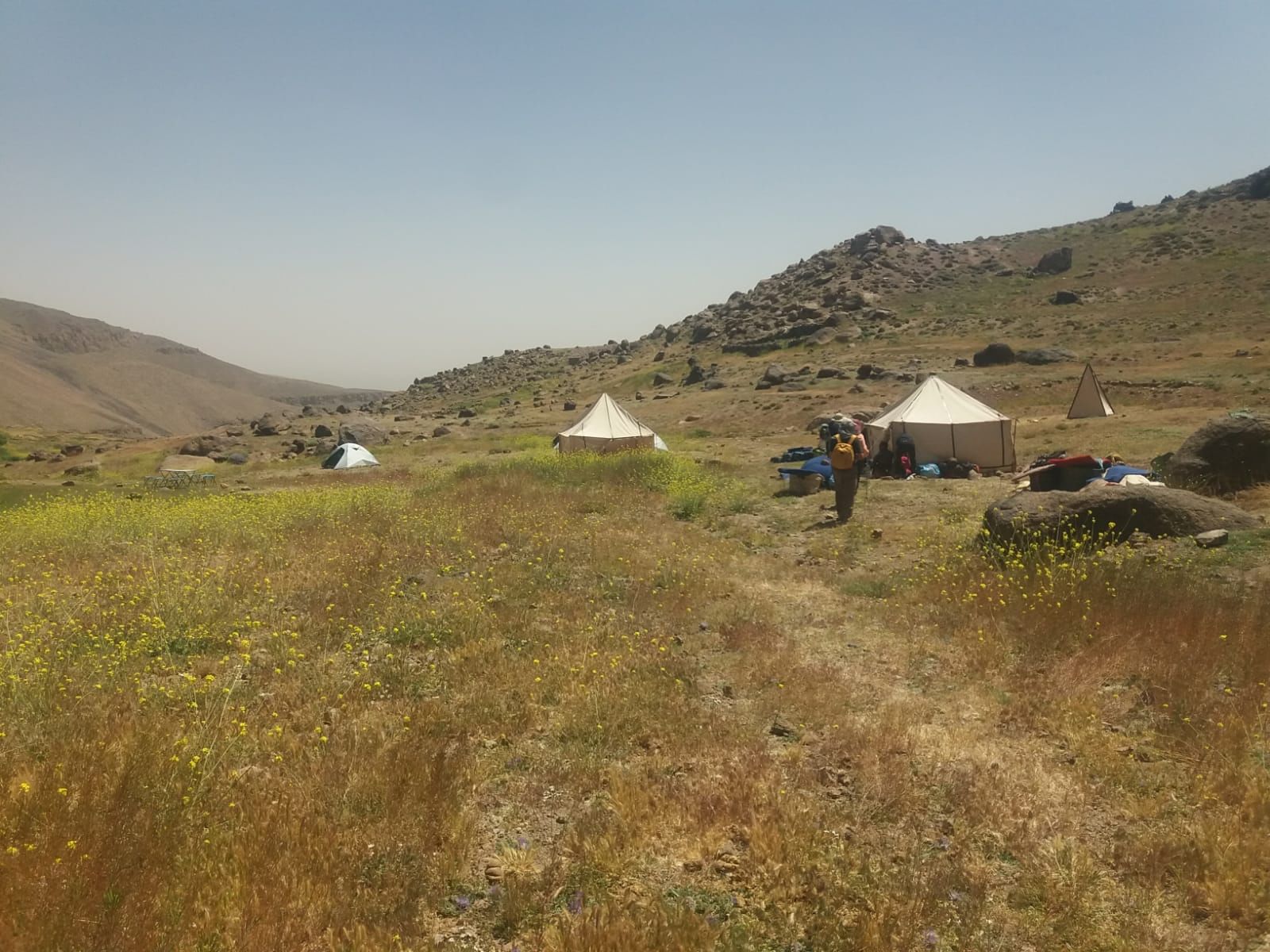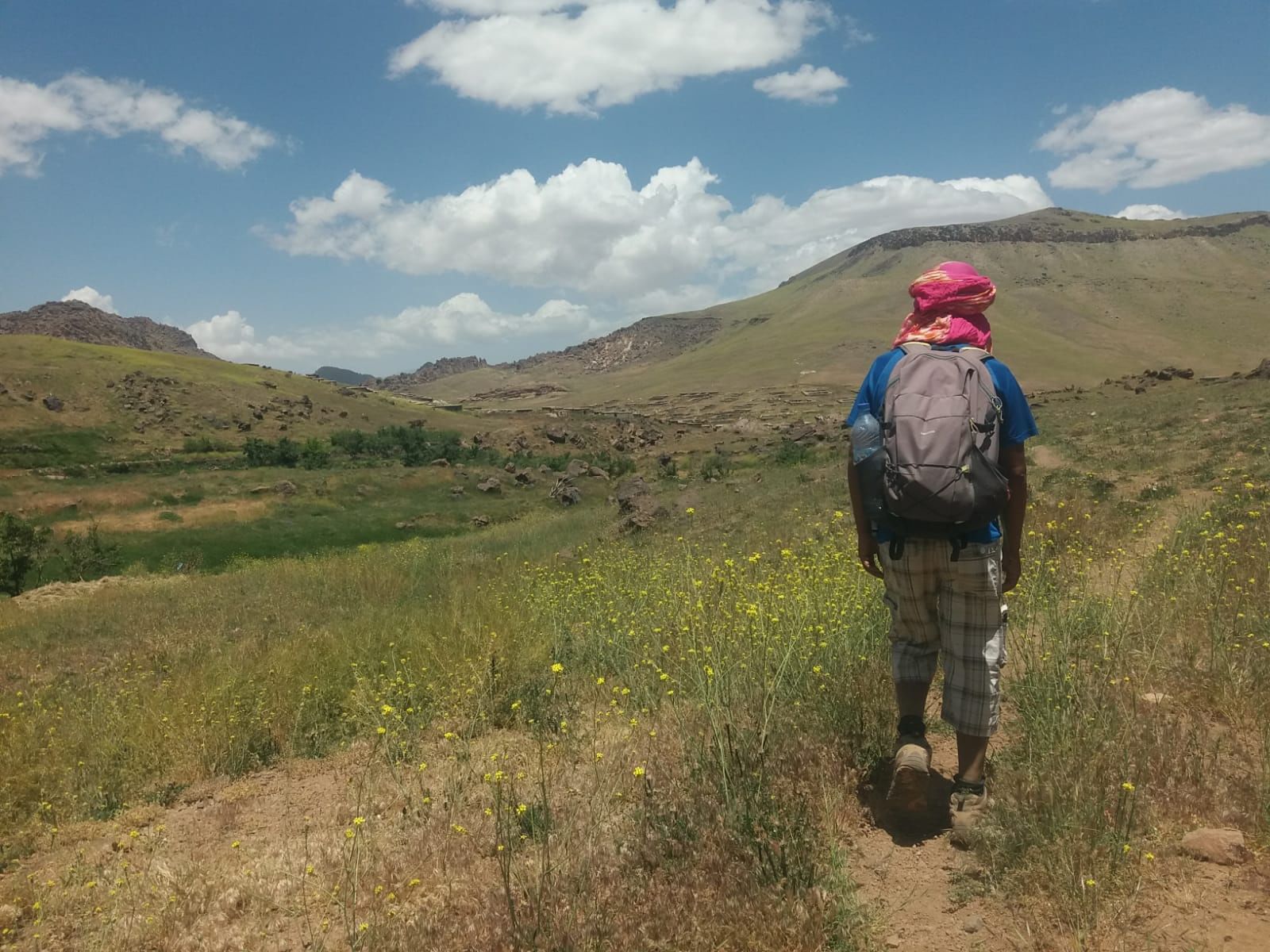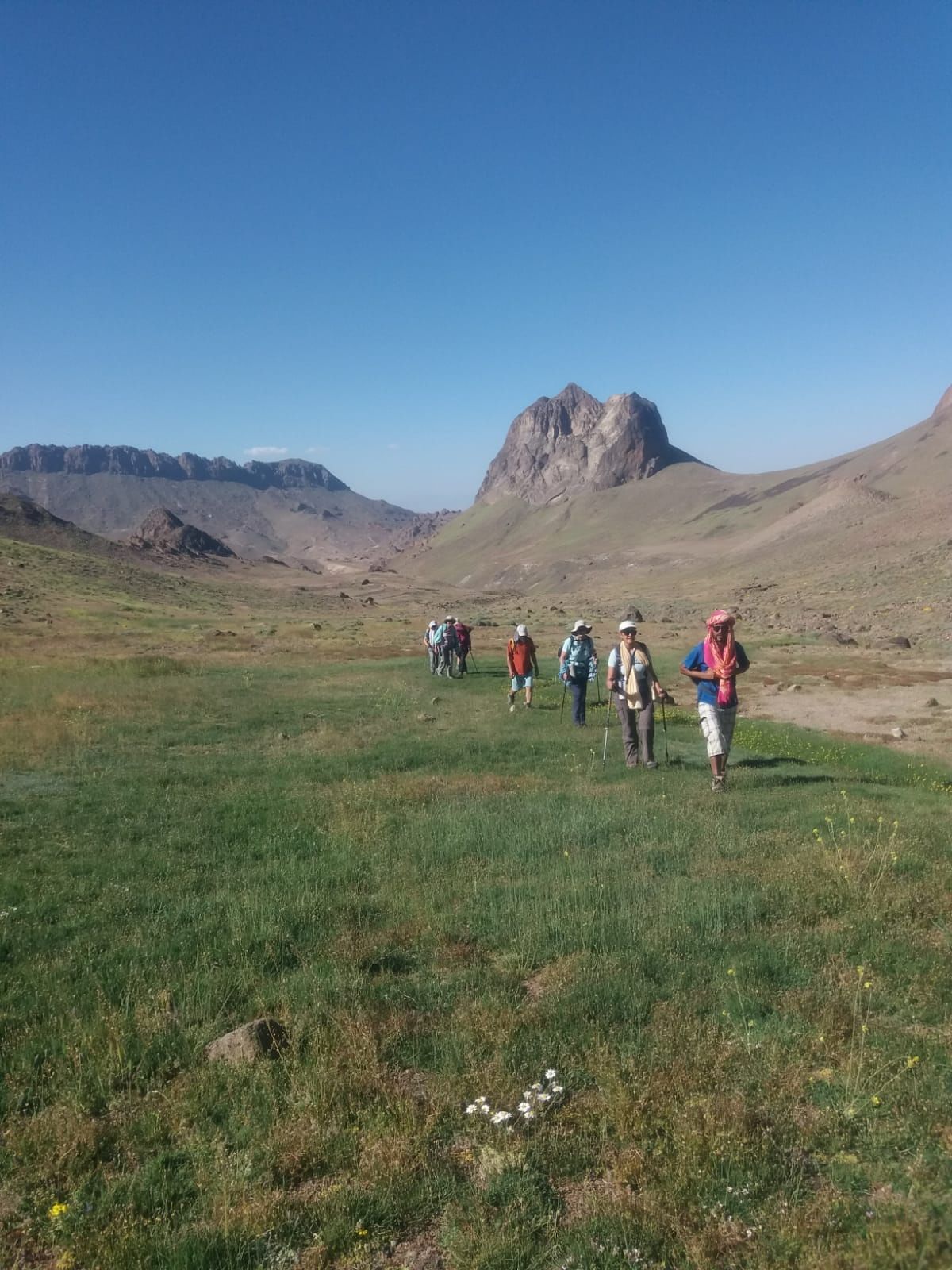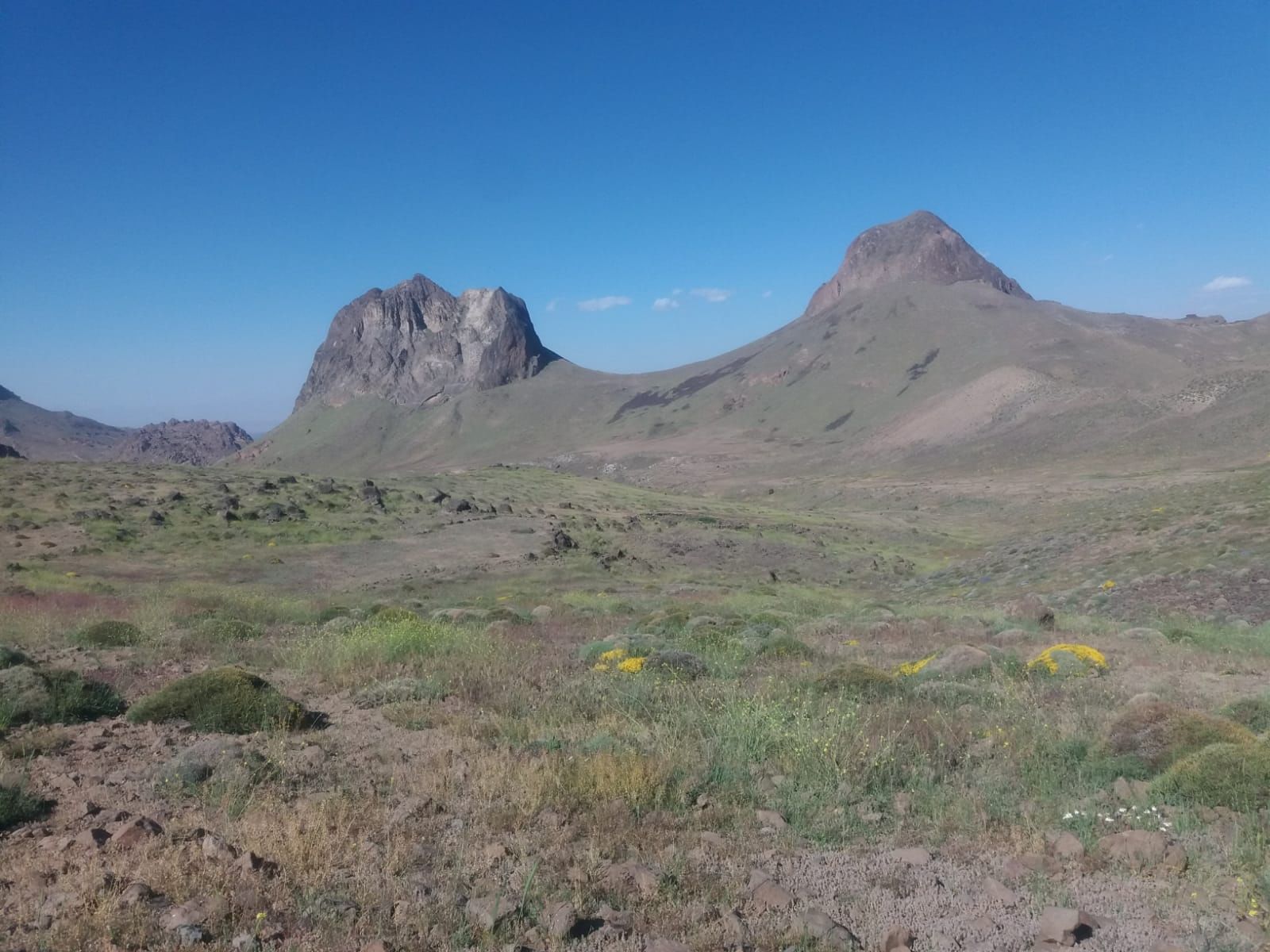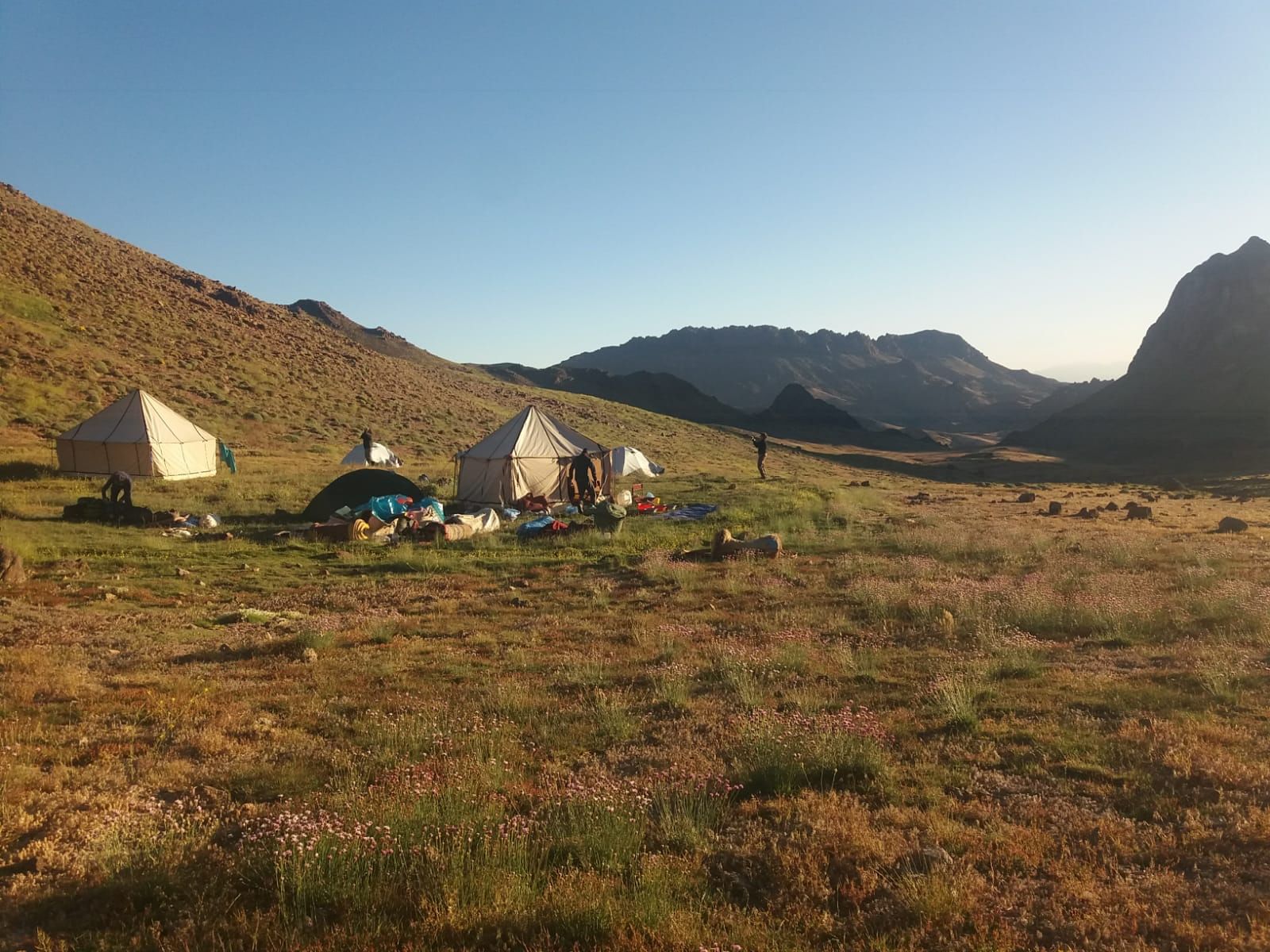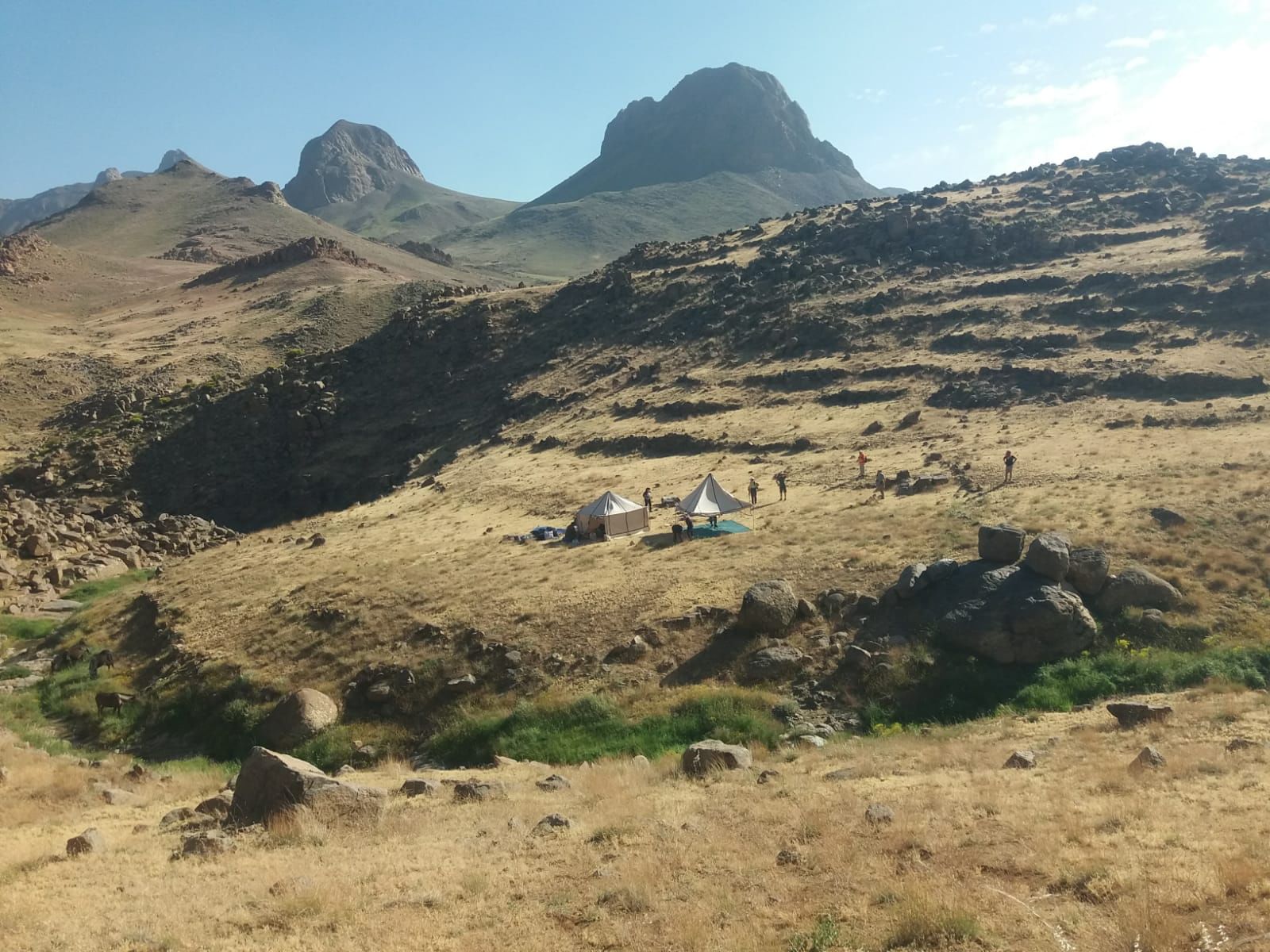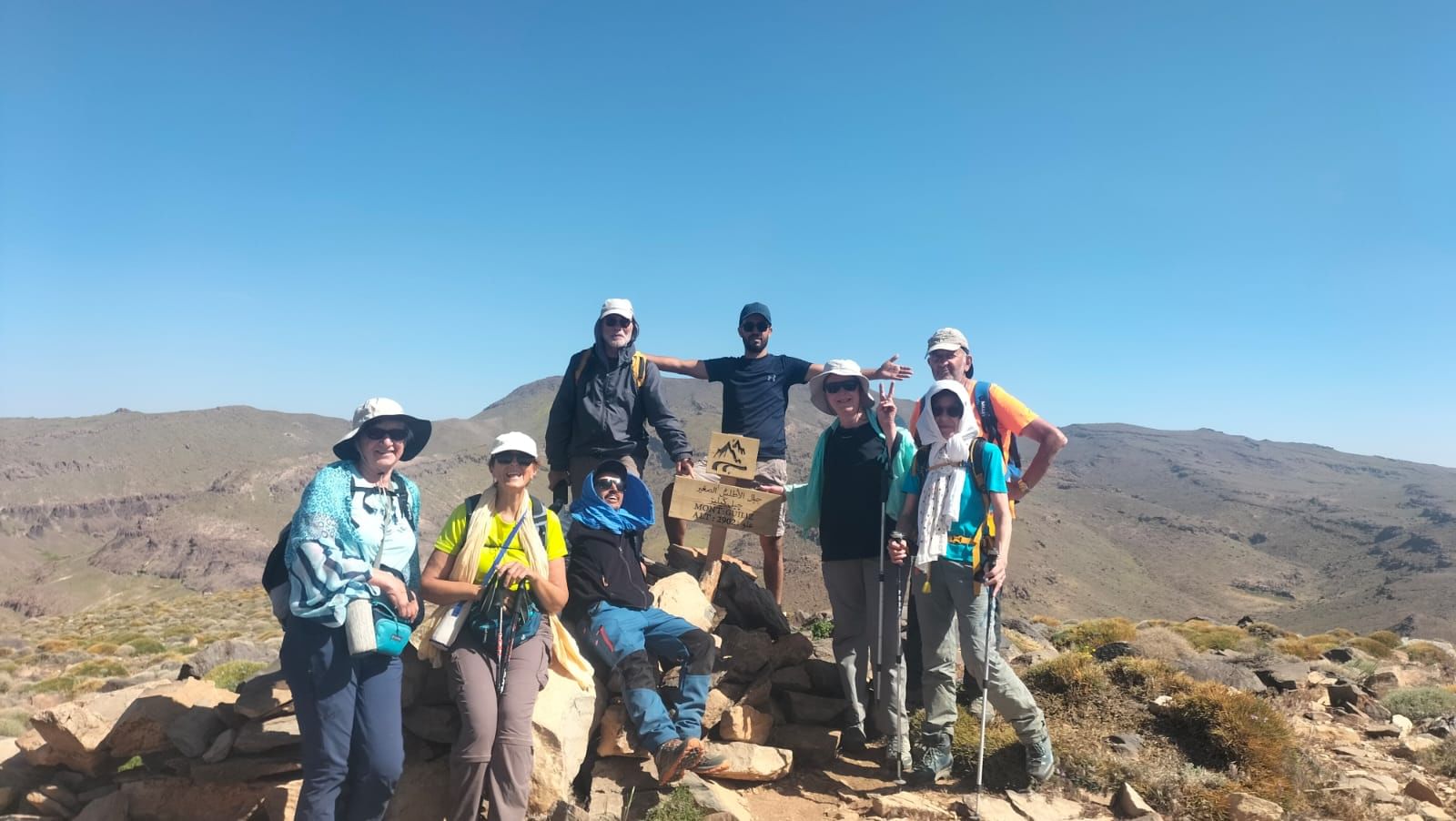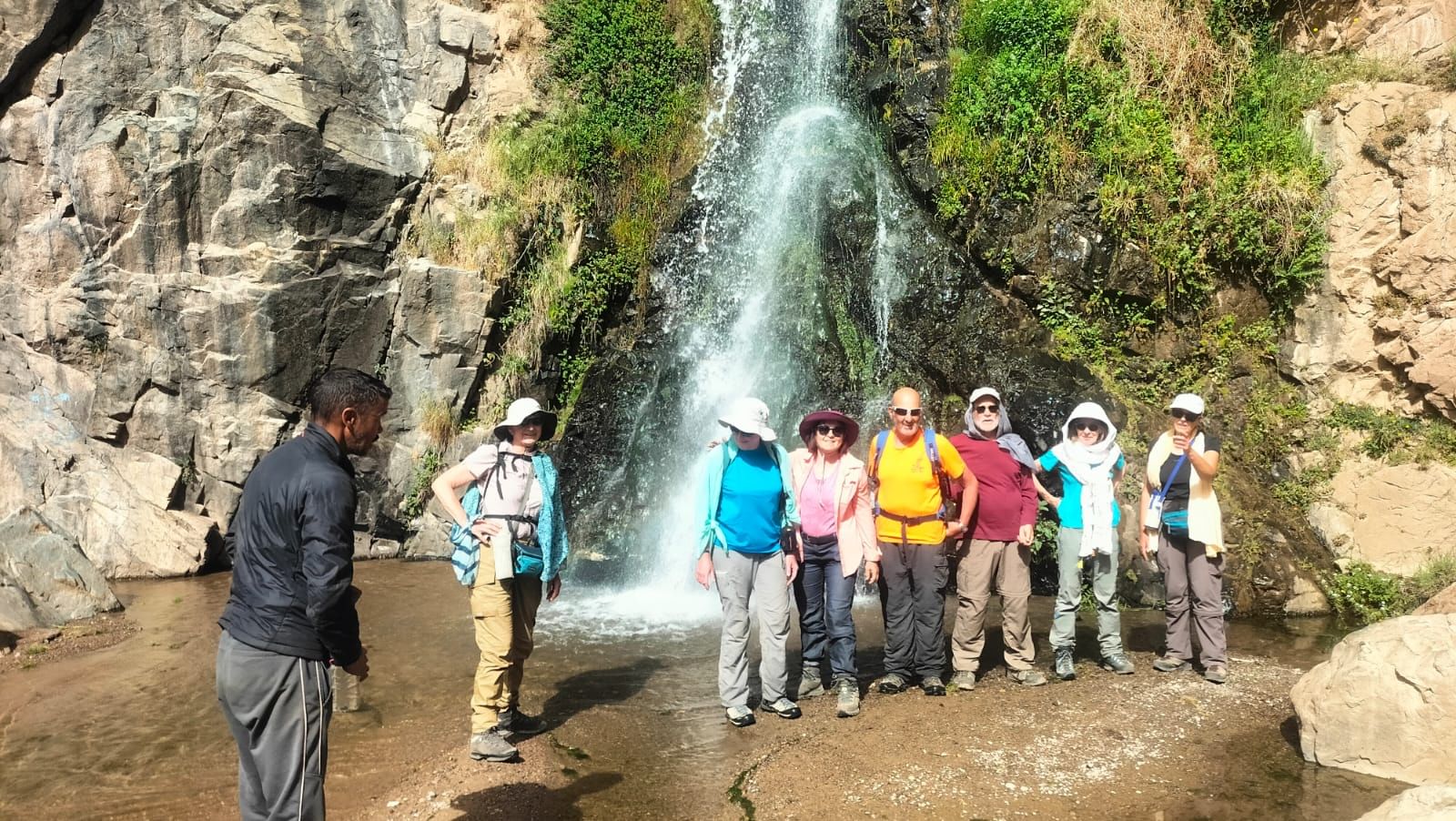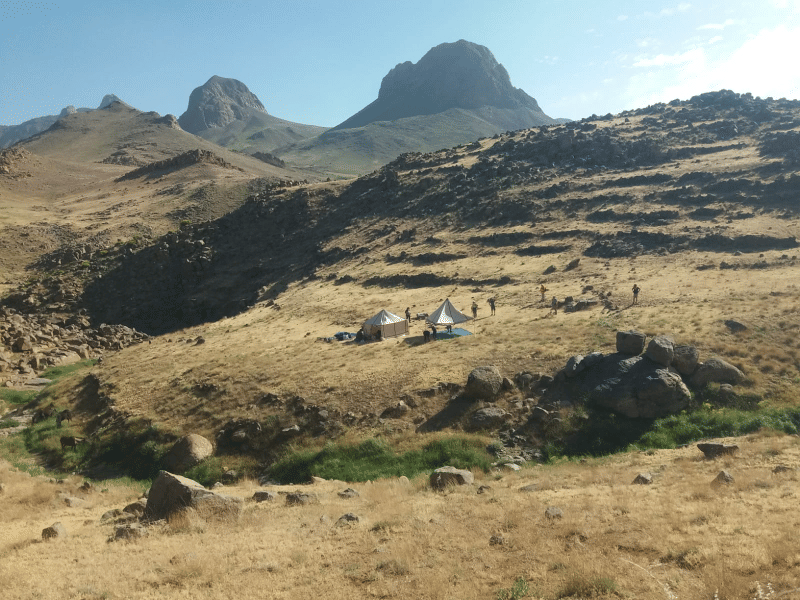🧭 1. It’s Remote and Untouched
- Jebel Siroua is less commercial and less developed
than the Toubkal or Sahara regions.
- Trails are often unmarked, so going with a local guide is highly recommended.
🗓️ 2. Best Time to Go
- Spring (April–June): Ideal weather, wildflowers, and clear views.
- Autumn (September–November): Still good weather, fewer crowds.
- Avoid July–August: Very hot and dry.
- Winter: Possible snow and cold temperatures at higher altitudes.
🧰 3. Trek Difficulty and Fitness
- Treks are moderate to challenging, with long walking days (5–8 hours daily).
- Terrain includes steep ascents, rocky paths, and high passes.
- Good physical fitness
is necessary, but no technical climbing skills are required.
🏕️ 4. Accommodation is Basic
- Mostly wild camping
or homestays in Berber villages.
- No hotels or lodges along the route.
- Limited access to showers, electricity, or mobile signal.
🍽️ 5. Food and Water
- Meals are home-cooked by a trek cook
or host families (simple but hearty Moroccan dishes).
- Water is usually boiled or filtered by the team, but bring purification tablets for extra safety.
- Vegetarians or those with dietary needs
should inform the organizer in advance.
🐴 6. Support Team
- Most treks include mules, muleteers, a guide, and a cook.
- Your main pack is carried by mules – you only carry a daypack.
🎒 7. What to Pack
- Sturdy hiking boots, warm layers (nights are cold), sun protection, and a sleeping bag.
- A full packing list should be provided by your tour company.
- No shops or gear rental
in the mountains – buy/rent in Marrakech or Ouarzazate.
🌍 8. Cultural Awareness
- The region is home to Berber (Amazigh) communities
– conservative, kind, and traditional.
- Dress modestly(especially women), ask before taking photos, and learn a few local phrases if you can.
✅ Final Thought:
A trek in Siroua is perfect for those looking for authentic adventure, fewer tourists, and rich Berber culture. It’s more rugged and remote than better-known treks — and that’s exactly why it’s so rewarding.





